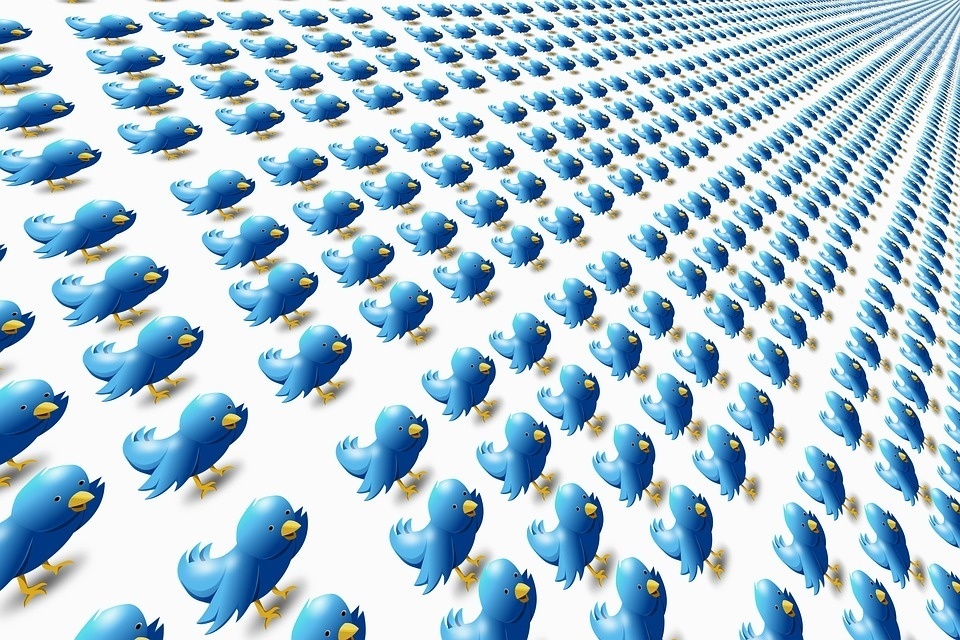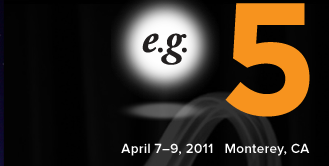Color Commentary: The End of the Friend

Whoever said there’s not much new on the Web should have been around last week for the much-ballyhooed launch of Color – celebrated as one of the most exciting Web concepts to appear this year. If it lives up to its initial promise, Color represents a fundamentally new type of mobile social network that, in many ways, is almost the polar opposite of Facebook.
So what’s so radical about Color? For one, Color has done away entirely with the notion of the Friend – one of the most closely held pillars of the social networking crowd. In the Color world, the “Social Graph” has been replaced by something far different – a constantly changing social network that dynamically changes in relation to your geographic location. Not only that, in the Color world, your social relationships with others are based almost entirely on your photos: you are able to see the photos of people around you, as well as take photos and share them with users around you.
Instead of “Friends,” then, you have like-minded individuals sharing the same experience at the same time and relating to each other through images. Color does not even require a profile like a typical social networking site – once you launch the app on your iPhone, you’re asked to supply a name and then to take a picture of yourself. That’s it – then the Color app starts to populate your phone with the photos of others near you who are also using the Color app. Notice that you do not have any say in the matter – there are no privacy settings to toggle on/off – as soon as you open the app, any photos you take are instantly shared with the crowd.
To test out Color for the first time, I randomly spent an early morning at Grand Central Terminal, exploring Color on a scale large enough to find at least a few users of the Color app in real-time. Note that I said “users” and not “friends.” Sure enough, my iPhone immediately populated with the photos of users – not as many as I had expected, but certainly enough to give a sense of the potential power of Color as a real-time, mobile social network.
Certainly, Color explodes several of the fundamental underpinnings of traditional social networks – that you have a personalized profile page that acts as a centralized location for reading news about your friends and submitting status updates; that you develop a “social graph” of acquaintances; and that you have the ability to adjust your privacy settings to show different sides of yourself to different people.
Facebook already began the process of devaluing the notion of “Friend” until it came to represent something quite different than the traditional notion of a friend. What is the meaning of “friendship,” after all, when people collect thousands of friends at one time, a number that is almost an order of magnitude greater than your individual Dunbar’s Number? According to the founders of Color, the goal of the new social network is to develop an entirely new way of communicating with each other online.
In the Color world, there are no status updates, no profiles and no friends – only photographs that update where you are in the world, what you are doing, and who you are doing it with. At first, this is a terribly disorienting experience and it’s understandable why so many early reviews of Color have been negative.
I’ve been reading Jaron Lanier’s You Are Not a Gadget, and I’m now convinced that Color represents a subtle but profound shift on what’s happening on the Internet. Individuals – and the relationships they have with each other — are being re-thought, re-shaped and re-worked so that the collective consciousness is becoming more important than the person. Your memories of events are only valuable if they are shared with others who also experience the event.
Lanier, no doubt, would point to Color as evidence of the new depersonalization of the Web, and the celebration of the “hive mind” at the expense of the individual. I prefer to see Color in a different way – as symbolic of an evolution of the Internet to a new level of highly-contextual relationships and new ways of communicating. Even if Color does not live up to its early promise, the genie is already out of the bottle.




